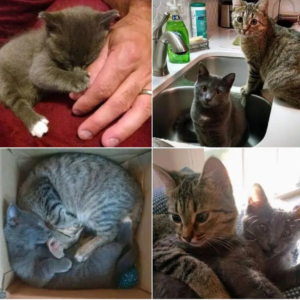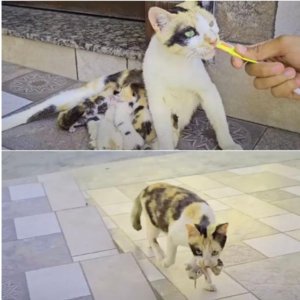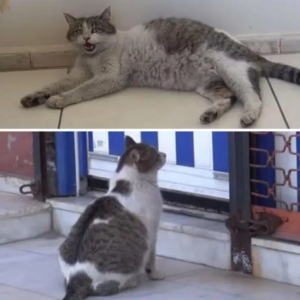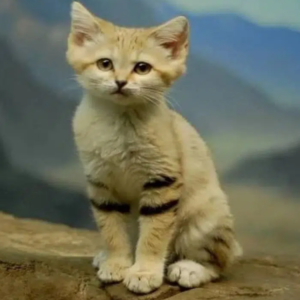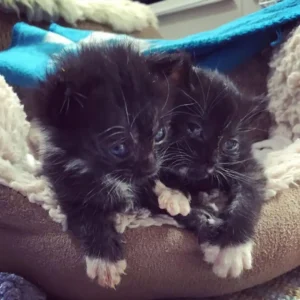MONGOLIA – The Pallas’s cat is a small, little-known wild cat species which is currently living in the steppes and mountains of Central Asia. Through a new research initiative called “PICA” (Pallas’s Cat International Conservation Alliance) launched earlier this year, we’re hoping to better understand this feline. The project is still in its very early stages, but it has already produced some outstanding, rare footage of Pallas’s cats, including video of wild cubs.
The footage was shot by a set of remote-sensor research cameras stationed in the Zoolon Mountains, in Mongolia’s Gobi Gurvan Saikhan National Park. One sequence, which was shot during the night, shows three Pallas’ cat cubs curiously examining the camera, while another snippet features an adult cat in broad daylight looking for signs of other animals.
“This is the first footage of Pallas’s cat cubs taken in this part of Mongolia as far as we know and is a valuable discovery from our project partners Snow leopard Trust”, states David Barclay, Cat Conservation Officer at the Royal Zoological Society of Scotland (RZSS).
The cameras are part of the brand new international Pallas’s cat conservation project, PICA, which was founded by the RZSS, Nordens Ark, a Swedish breeding center and zoo Nordens Ark and US-based conservation organization Snow Leopard Trust which aims to gather more information on the Pallas’s cat, one of the world’s least-studied felines.
“We still don’t know much about the Pallas’s cat’s behavior, or even it’s true range”, states Emma Nygren, a conservation biologist at Nordens Ark who coordinates the research project. “If we’re hoping to conserve this mysterious cat, we need to first understand it, and we’re hoping this study will bring valuable new insights.”
The Snow Leopard Trust, who has been working in this part of Mongolia for over a decade now, is a technical and logistical partner in the project.
“We’re surveying these mountains for snow leopards anyway. The Pallas’s cat shares the same habitat and is equally elusive, so it’s a logical extension of our work to also look at them”, says Gustaf Samelius, who is the Assistant Director of Science at the Snow Leopard Trust.
The study, which was all made possible by the generous support of Fondation Segré, will continue for at least three years.

